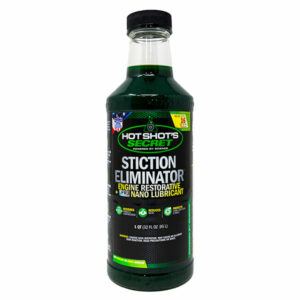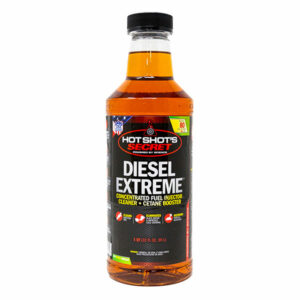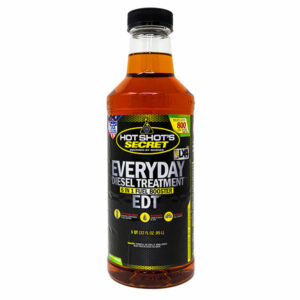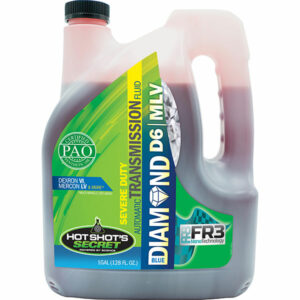The Need for More Fuel Pressure
In the 1980’s manufacturers began exploring technical solutions for upcoming emission standards. The limitations of mechanically governed fuel systems that were first introduced in the 1950’s and 60’s were quickly becoming an issue. The primary disadvantage is that mechanical systems pressurized fuel by either an injection pump driven by the camshaft or a gear driven low pressure fuel pump (used by Cummins). These systems could not vary injection timing or change fuel delivery rates with the flexibility necessary for the increasing emission requirements. Without a computer to instruct the injector, injectors rely on pressure supplied by a injection pump. Examples of this mechanical system are found on the Navistar 6.9L and 7.3L IDI as well as the Cummins 5.9L 12 valve. Electronic fuel injection was first introduced by American Motors Corporation (AMC) in 1957, and advances were made in the 1970’s and 80’s. By the early 1990’s almost every automobile manufacturer had replaced gasoline carburetor systems with electronic fuel injection systems. But diesel manufacturers were still looking for a system capable of more power while adhering to the increasing emissions standards.
Introduction of the HEUI Injector
Collaboration between International Truck & Engine Corporation and Caterpillar lead to the introduction of the HEUI system in 1993. The use of hydraulic force to pressurize fuel for injection was groundbreaking and allowed for cleaner, more powerful and efficient diesel engines. Hydraulically actuated electronic unit injection (HEUI) fuel systems utilize highly pressurized engine oil to drive plungers pressurizing fuel for injection. Until the development of the HEUI system, pressurization of fuel and injection timing events were controlled mechanically and limited by the fixed geometry of camshaft profiles. HEUI systems were the first modern injection system that could pressurize fuel independently from engine RPM.
HEUI applications included the 7.3L and 6.0L Powerstroke used between 1993.5 and 2007 by Ford. International also used the HEUI system for multiple engines including the DT-466, DT 570, T-444E, DT-466–570, Max Force 5, 7, 9, 10, Max Force DT and VT365 engines. Caterpillar incorporated HEUI systems in the 3116, 3126, 3406e, C7 ACERT, C9 ACERT and many other heavy duty engines found in GMC Topkicks, Sterling, Ford and Freightliner truck chassis and heavy machinery applications. The Daimler-Detroit Diesel Series 40 engine supplied by International also incorporated a HEUI fuel system.
Phasing Out the HEUI Injector
Almost every HEUI system has since been replaced with newer technology to meet the ever-increasing economy and emissions standards being introduced. Many manufacturers have turned to modern common-rail injection systems, which were introduced in 1997 despite prototypes of common rail system dating back to the late 1960’s. Some of the first diesel engines to use the common rail include the Duramax LB7 in 2001, followed by the 5.9L Cummins in 2003. Common-rail systems also have their drawbacks: complexity, cost and extremely tight tolerances that are intolerant of contaminated diesel fuel. The most technologically advanced injector you’ll find on the market today is the piezo-electric common-rail injector introduced by Ford in 2007. With the ability to put out incredible amounts of power all while being one of the quietest injection systems, they’ve seen large amounts of success in this first decade of production. Piezo injectors can also be found on the 6.7L Powerstroke, LML Duramax, and the Nissan Titan’s 5.0L produced by Cummins.
One thing that manufacturers are always focused on when designing diesel injectors is injection pressure. Engineers know that if they increase this pressure, they can increase fuel atomization to create a more efficient combustion resulting in higher power and fuel economy. The International 6.9L and 7.3L IDI kept fuel pressure under 2,000 PSI. The HEUI injection system on the 7.3L Powerstroke would pressurize fuel to a max of 21,000 psi. When developing the 6.0L Powerstroke, International was able to make more horsepower than the previously offered larger 7.3L by upping maximum fuel pressure to 26,000 psi. Meanwhile, modern common rail engines see injection pressures near the 30,000 psi mark and piezo-electric injectors can top 40,000 psi.




